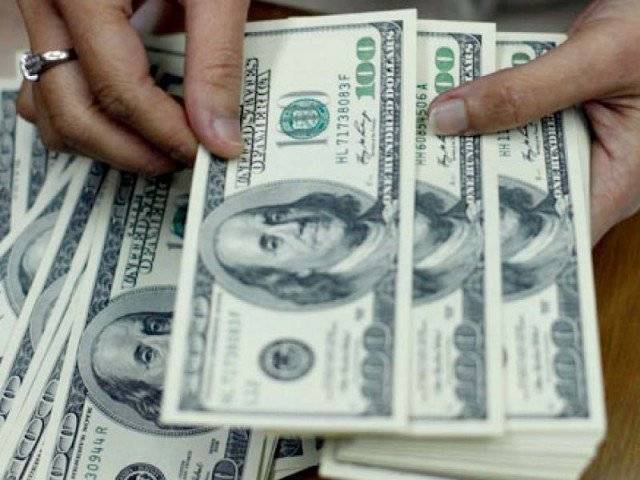ISLAMABAD: The Federal government will borrow $11.6 billion from external sources in the next fiscal year 2018-19. Information shows that government will collect loans worth of $11.6 billion from external sources such as from bilateral, multilateral, Eurobond and commercial banks.
“Total inflows of external financing are expected to be $11.6 billion during 2018-19 with project loans of $4.8billion and programmer loans of $1.8 billion” document stated.
The country will take about $3.1 billion from countries like Germany, China, Japan, America, Saudi Arabia and others and $3.5 billion from multilateral sources. The government is estimated to collect $3 billion from raising bond and $2 billion from commercial banks.
The government will adhere to the policy of fiscal consolidation during 2018-19 to maintain the fiscal deficit within manageable limits and within the ceilings of Fiscal Responsibility and Debt Limitation Act (FRDLA), 2005. The Federal Board of Revenue (FBR) will continue its tax reform programme for broadening the tax net and reforming the tax administration. The debt management functions will be primarily focused on fulfilling the financing needs at lowest possible costs consistent with a prudent degree of risks, broadening the investor base and a well-functioning domestic debt capital market, lengthening the maturity profile of domestic debt, and mobilization of maximum available soft external financing.
The annual plan 2018-19 indicates that Pakistan’s gross public debt stock as on December 31, 2017, stood at Rs22,821 billion registering a growth of 6.6 per cent over the debt stock as on June 30, 2017. The built-up public debt was because of both domestic and external debts which grew by 4 per cent and 12.6 per cent, respectively. Net government debt stood at Rs20, 879 billion during the same period, posting a growth of 6.3 per cent. The gross public debt was 67 per cent during 2017 which was slightly below the previous year’s level of 67.7 per cent.
The fiscal performance remained on track during the first half of 2017-18 with a deficit of 2.3 per cent of GDP against the annual target of 4.1 per cent and 2.5 per cent of the comparable period of last year due to higher growth of total revenue and comparatively lower growth of current expenditure. The analysis of financing-mix of the fiscal deficit during the period under review reveals that government relied more on domestic than external resources. Within domestic resources, greater reliance was on bank borrowing to the tune of Rs332 billion.




